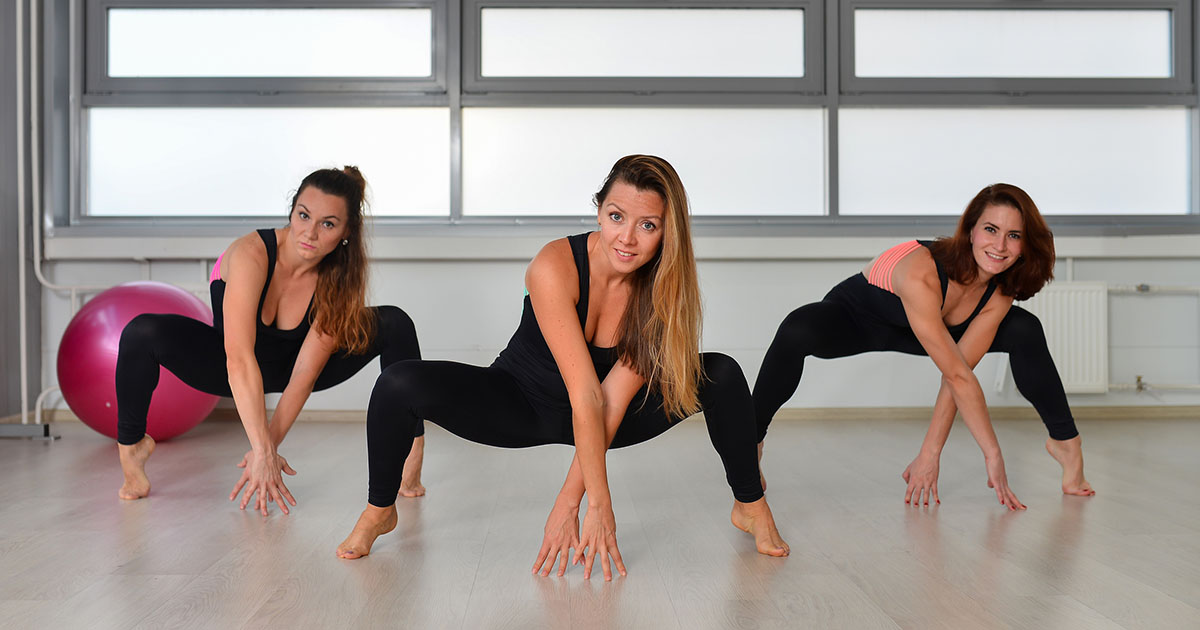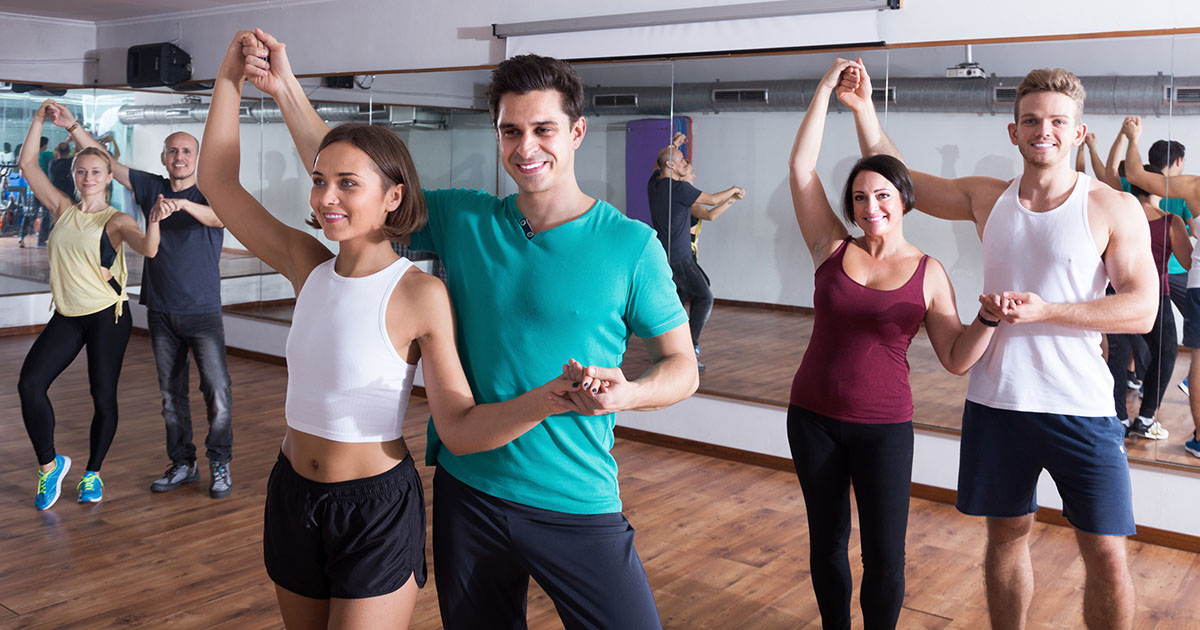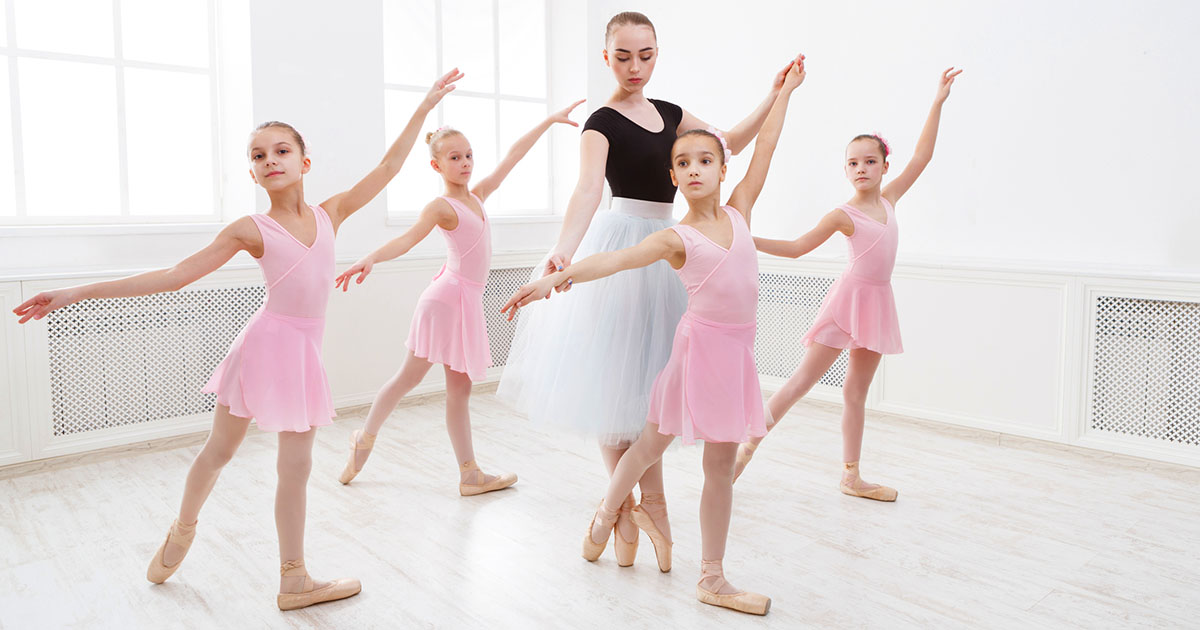Bust A Move: Reasons Why Dancing Is Good For You
Dancing is a fun way to exercise, though it is disregarded by those who argue they can't dance. Anyone can dance; that's the best part. While dance may not be the only type of exercise the body needs, it is surely one of the most freeing exercises nearly anyone can experience. Ideal dance workouts raise the heart rate and engage with steps in the dance. To get the most benefits, dancers should participate at a moderate- to high-exertion level. Dancing can help with weight management alongside increasing spatial awareness. Detailed below are other examples of why dancing is good for the body and the mind.
Improves Cardiovascular Strength

The heart supports the rest of the body and should be exercised like the other muscles. Dance gets the heart pumping while working other core muscles. Individuals concerned about their cardiovascular health should consider dancing, especially since no equipment is necessary. Dancing is much more fun than other forms of cardiovascular exercise like running. It can also be much more mentally engaging than climbing on the treadmill first thing in the morning. With mental engagement comes challenge, and everyone must challenge their bodies. Bodies must be pushed to get stronger, and it's that way from birth.
There are hundreds of dances, and each kind improves cardiovascular strength. Although one workout will do wonders, making it a habit is the best way to get lasting results. Perhaps it's the quality of the dance experience that brings individuals back to the dance floor, pushing their body a little harder each time. Regardless of what it is that drives a person to come back, every time they do they are strengthening the heart. Dancing helps people find their inner strength, the heart, to keep improving themselves.
Improves Muscle Tone

Dance targets core muscles and helps improve muscle tone. Dance, as opposed to other more narrow exercise types, combines cardiovascular endurance, muscular endurance, flexibility, and body composition fitness components. Dancing encourages participants to use their entire body. All the muscles aren't exercised repeatedly as with other forms of muscle-based exercises, so it is gentle. Dance improves muscle tone and overall strength while improving the condition of the heart and lungs. Muscular strength and fitness can be challenged by pushing a little harder.
Motor skills like balance and coordination are improved with dance. While dancers tone their muscles, they strengthen the bones that support them. More active dance routines are bound to have a greater effect on muscle tone, which makes individuals more aware of the muscles in their body, reminding them of the muscles they forgot they had. Individuals who dance regularly can see and feel the impact dancing has on their muscle tone. Routine exercise, not working out once in a while, improves muscle tone.
Mood Booster And Stress Relief

One of the most immediate results of good exercise is stress relief. Dancers can always increase or decrease their activity level by simply speeding up or slowing down the tempo, which is a sigh of relief for most. It provides a mental escape many individuals need, especially during times of stress. Most other effects, like muscle toning, can take many more sessions to feel a difference. For those who need a good mood booster and some stress relief, dancing may be the perfect solution.
When individuals dance, the body can release hormones like endorphins and serotonin. These chemicals produce good-feeling emotions in the body, and these emotions can decrease stress levels while simultaneously improving mood. Dancing is something everyone can do without investing much money since all that's needed is a floor.
Developing an exercise routine is recommended but is sometimes difficult to start. However, everyone needs to feel routine happiness, which means bringing good habits, like dancing, into their routines.
Good For The Brain

In addition to being good for the muscles of the body, dancing impacts brain function. In addition to acting as a mood booster and decreasing stress, dancing improves mental health by helping to eliminate self-talk while keeping the mind sharp. Cognitive flexibility improves while dancing, particularly since participants must keep track of a lot while they dance, not just the rhythm. Dancers must sometimes learn to coordinate with and anticipate others, which is one reason why it is so mentally engaging.
For those who are older but still want to find time to exercise, dancing can improve balance while significantly decreasing the chances of developing dementia. Knowing the steps is a challenge to the memory as much as doing the steps is a challenge to the body. Though all forms of exercise work the mind, the body, or a combination of the two, no exercise is quite as engaging for the mind as dancing.
Builds Self-Confidence

Individuals who open their bodies through dance find strength in their hearts as well as their heads. Those who dance, alone or socially, can find their confidence boosted. When individuals dance alone with no one watching, they are much more likely to be themselves and to enjoy the movement of their bodies. Individuals must let go of their ego to build a better one. Dance is the opportunity to communicate with the body and then through the body and with the world.
Dancing helps individuals exercise their confidence at home first. Dancing socially, they develop social skills needed to dance with others, especially through nonverbal communication. Confidence is nonverbal; individuals gain confidence through doing, not saying. Friends can also be encouraging when dancing socially, give a new boost of confidence from the approval that can't be received when dancing alone. Dance builds self-confidence through combining steps in a cardiovascular workout with creative self-expression.
